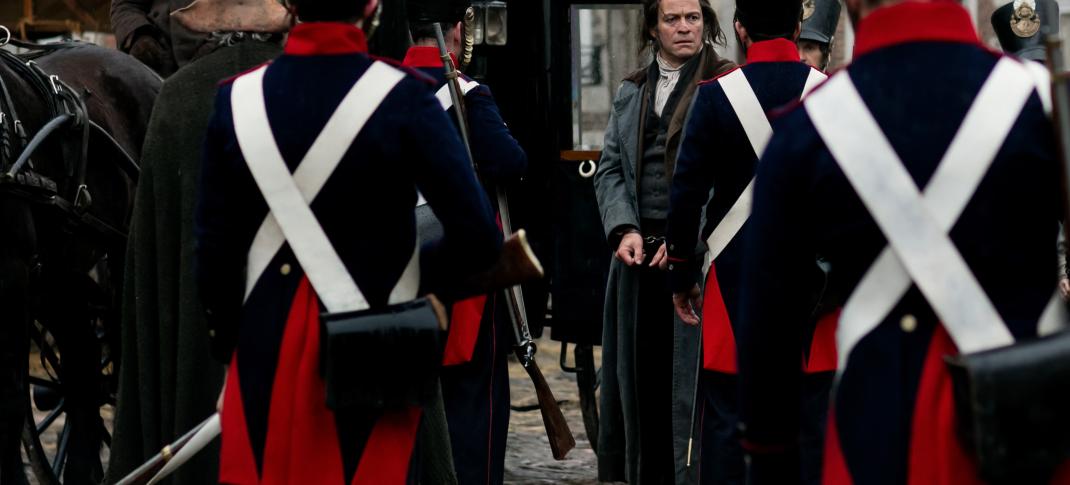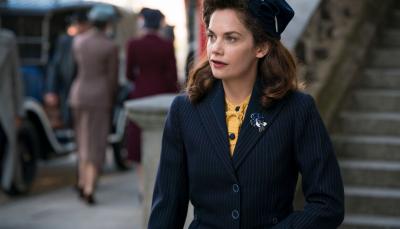The Real History Behind 'Les Miserables' Episode 3: 1821

The new Masterpiece adaptation of Les Miserables contextualizes the popular story in France's larger history. Our companion series runs down the history behind the gritty new version of Les Mis and asks how accurate each week's installment is. This week, we take a look at the third episode.
The Nun's Cornette Headwear
Holy flying nuns, let's take a second to discuss one of the more hilariously distracting costume items of the series, the headgear on those nuns. Considering the nuns play a crucial role this week, first in caring for Fantine and then rescuing Valjean and Cosette, it may seem unnecessary to comment on their costumes.
But so many viewers I talked to on social media asked about them, and if they were historically accurate, I just wanted to answer: Yes. Those starched-as-all-get-out wimples actually came into fashion in France for sisters of charity and nuns at the beginning of the 1800s and were a staple of their look throughout the century. Yes, they were distracting, but also correct.
Selling Children (& Selling Children)
In most adaptations of the Les Miserables story, the Thénardiers are comic relief, a view that the musical cemented with the big "Master of the House" number. But while it might make modern audiences feel better to laugh at these desperate money grubbing grifters, the reality of their lives was far more horrifying, as this adaptation not only makes clear but shoves it in our faces. In other versions, the scene where Valjean pays for Cossette is dressed up as him paying for all the care and feeding they've given her. Here that lie is wholly dispensed with, especially after Mme Thénardier offers the child to Valjean to take to bed, mistaking him for a pedophile.
As terrible as it is, and as viciously unbelievable as it seems, Cosette's experience isn't made up from whole cloth. Women like Fantine were often desperate to hide a child either out of wedlock or orphaned. It was illegal to abandon them in the street, like Mme Thénardier attempts to do with Gavroche, so many were left at hospices. Those who didn't initially abandon their children wound up preyed up by grifters of this sort, who offered to take them in, for a fee.
Children like Cosette were severely mistreated, though, to be fair, most either became hard themselves or died, rather than finding themselves rescued by a benefactor as she does. But there is good news. Javert's calling in the debt collectors on the Thénardiers is also pretty accurate. While the upper classes were above the law, these wannabes who fooled no one were as susceptible to being abused by the law as the downtrodden like Valjean and Fantine.
Javert's Job
Speaking of which, my colleague, Lacy, noted how one-note Javert's obsession with Valjean seems, and the odd lack of explanation as to why. In Hugo's novel, it's all about the evils of black and white thinking, how someone ostensibly on the side of good can do evil things when mercy and justice are not taken into consideration.
The Javert stereotype in stories of that era would have been the upstanding policeman, the cop on the rise due to how great he is at his job. Hugo is, in fact, working to undermine that trope as hard as he can, making Javert a very different look at law enforcement than most at the time would have been accustomed to.
That being said, Dominc West sees other repressive factors at play as well. But chances are, that's a modern overlay on the story, and not one Hugo would have meant to be there, either in the text or the subtext.




